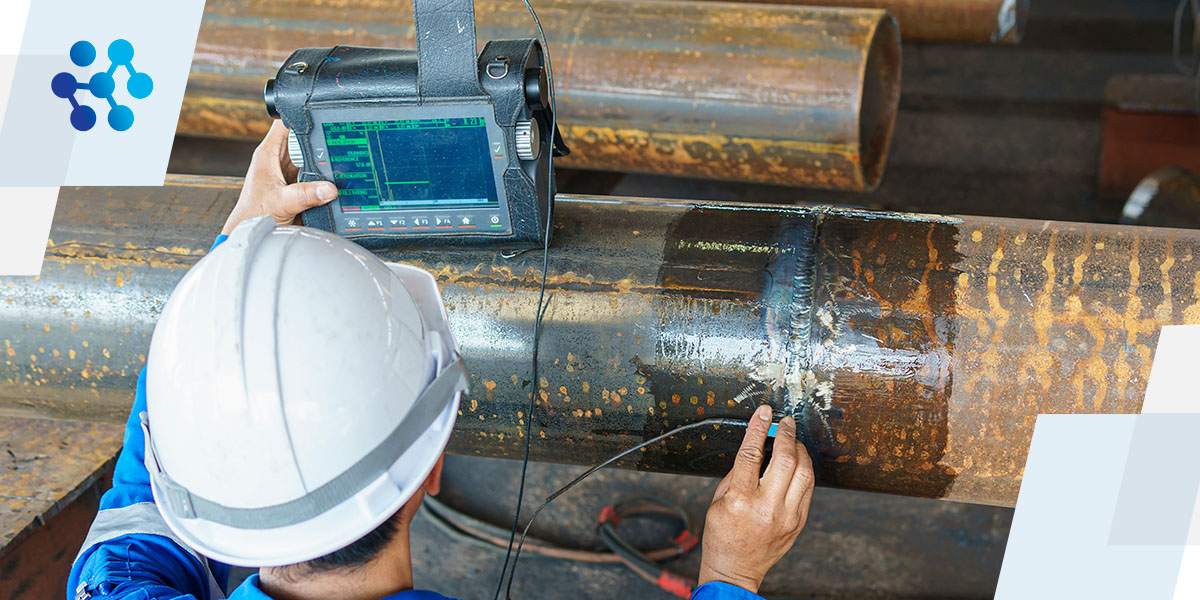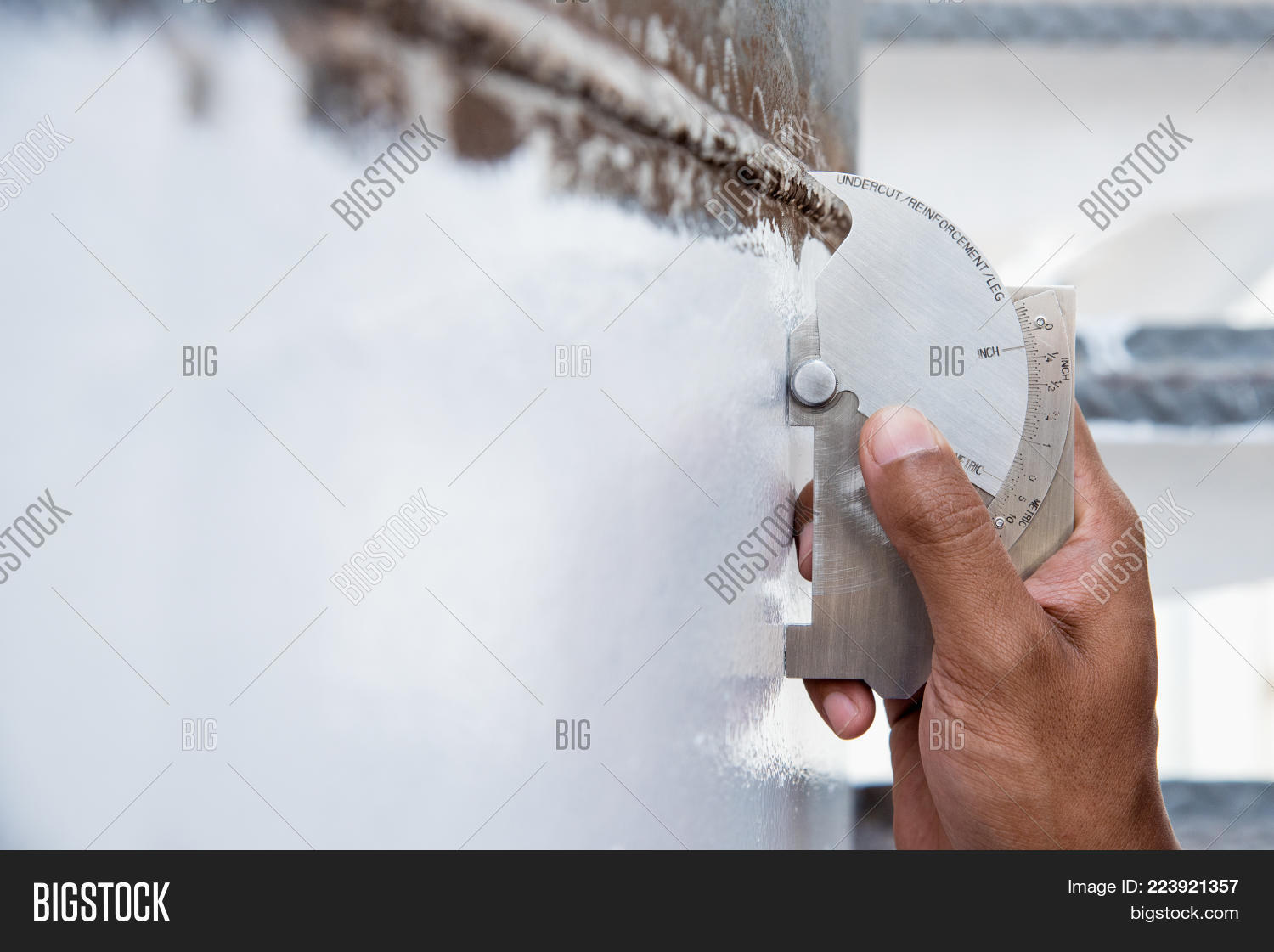Why Regular Tank Welding Inspection is Essential for Architectural Stability
Why Regular Tank Welding Inspection is Essential for Architectural Stability
Blog Article
An In-depth Overview of Container Welding Evaluation Criteria and Methodologies for Improved Weld Quality and Performance
The importance of welding assessment criteria in the production of tanks can not be overemphasized, as they serve as the backbone for making certain weld honesty and operational integrity. Different evaluation techniques, consisting of visual assessments and progressed non-destructive screening approaches, are critical in recognizing possible defects that might endanger efficiency.
Significance of Welding Inspection Criteria

Welding evaluation criteria incorporate a variety of requirements, including product requirements, welding treatments, and qualifications of employees associated with the welding process. By enforcing these standards, organizations can methodically identify and fix possible defects, thus lowering the likelihood of costly repair services or catastrophic failings. Rigorous assessment techniques cultivate a culture of liability and precision, urging welders to preserve high levels of workmanship.

Common Welding Examination Methods


Ultrasonic Examining (UT) is one more widespread method, using high-frequency acoustic waves to spot interior flaws that might not be visible on the surface. This method is specifically effective for identifying gaps or incorporations within the weld steel. Magnetic Fragment Evaluating (MT) is additionally widely utilized, especially for ferromagnetic materials, as it exposes surface and near-surface defects with the application of magnetic areas and ferrous fragments.
Additionally, Liquid Penetrant Testing (PT) finds surface-breaking problems by using a penetrant to the weld and after that making use of a developer to extract the penetrant. Each of these strategies adds to a comprehensive evaluation approach, making certain that welds fulfill the strict top quality standards needed in container building.
Regulative Standards and Conformity
Regulative criteria and conformity are important components in making certain the security and reliability of bonded frameworks in container building - Tank Welding Inspection. These requirements serve to establish minimum requirements for material properties, welding procedures, and assessment methods, consequently lowering the threat of architectural failures and improving total efficiency
Key companies, such as the American Society of Mechanical Engineers (ASME) and the American Welding Society (AWS), provide guidelines that are commonly embraced in the sector. Compliance with these requirements not just makes sure adherence to best practices however additionally fulfills lawful and contractual obligations, guarding the passions of stakeholders.
Governing bodies frequently mandate adherence to specific codes, such as ASME Code Section IX for welding certifications and API 650 for welded storage tanks. These codes detail requirements for welding strategies, qualifications of personnel, and testing methods to validate weld integrity.
Regular audits and evaluations are crucial to keeping conformity, as they help recognize inconsistencies from established requirements. Non-compliance can cause considerable fines, job hold-ups, and safety and security dangers. Therefore, a durable understanding of regulatory standards and a commitment to conformity are critical in accomplishing top notch and long lasting bonded container frameworks.
Non-Destructive Evaluating Methods
Just how can the stability of welded structures be ensured without creating damages? Non-destructive screening (NDT) techniques offer a robust solution, allowing examiners to assess weld top quality without endangering the material - Tank Welding Inspection. Among one of the most typical NDT methods are ultrasonic screening (UT), radiographic screening (RT), magnetic bit testing (MT), and color penetrant screening (PT)
Ultrasonic testing employs high-frequency acoustic waves to identify inner imperfections and identify product homes. It supplies exact dimensions and is specifically efficient for thick products. Radiographic testing includes passing X-rays or gamma rays via the weld, creating photos that disclose structural issues such as cracks or voids. This method is invaluable for assessing the honesty of complex welds.
Magnetic particle testing is suited for webpage ferromagnetic products, where electromagnetic fields reveal surface area and near-surface stoppages. Dye penetrant testing uses a liquid color to highlight surface-breaking problems, making it a reliable approach for non-porous products.
Each of these NDT techniques has unique benefits, permitting comprehensive assessments tailored to details materials and welding procedures. By executing these techniques, markets can guarantee the reliability and security of bonded structures, ultimately boosting total efficiency.
Enhancing Weld High Quality With Inspection
Efficient inspection visit our website plays a vital function in boosting weld high quality, acting as a crucial checkpoint in the fabrication procedure. By determining prospective issues early, examinations minimize the threat of jeopardized structural integrity and ensure compliance with market criteria. Using a mix of aesthetic evaluations, non-destructive testing (NDT) methods, and mechanical assessments, assessors can spot concerns such as porosity, splits, and insufficient blend.
Executing a durable inspection method not only improves the overall high quality of welds but additionally fosters a culture of accountability among welders and producers. Normal training and accreditation of examination personnel make certain that they are geared up with the required abilities to identify and resolve possible issues effectively. This proactive technique decreases rework and associated expenses, ultimately adding to project efficiency.
Additionally, detailed documents of inspection searchings for supplies valuable understandings right into persisting issues, promoting continual improvement in welding techniques. By leveraging innovative technologies, such as automated ultrasonic testing or electronic radiography, weld high quality can be see here now boosted via much more specific examinations. To conclude, a rigorous assessment procedure is essential in accomplishing top quality welds, guaranteeing security, integrity, and durability in tank fabrication.
Verdict
In final thought, the application of rigorous storage tank welding inspection requirements and methods is crucial for guaranteeing weld stability and efficiency. By using a mix of aesthetic evaluations, non-destructive screening approaches, and adherence to regulative criteria, companies can effectively identify and mitigate potential issues. Promoting a society of responsibility amongst welders even more boosts the quality of welding procedures. Eventually, these techniques add to lowered architectural failings, reduced repair work expenses, and enhanced operational performance within the sector.
Report this page